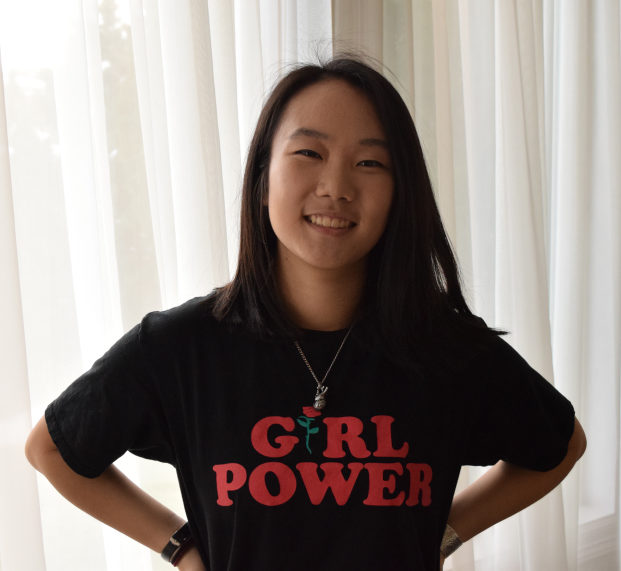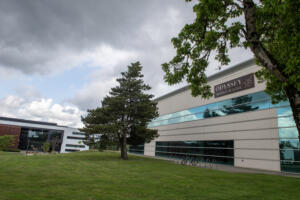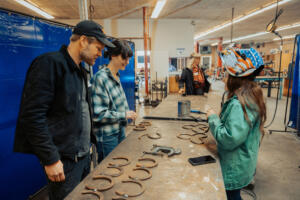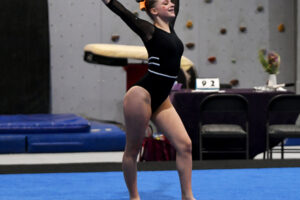Camas High School junior Monica Chang is only six months into her junior year and has managed to take first place at the Oregon Bioscience Showcase, write a first-place, award-winning essay for The Fort Vancouver Sons of the American Revolution and help organize a school walkout honoring Parkland shooting victims — all on top of a class schedule filled with Advanced Placement (AP) classes and after-school clubs, including “Girls Who Code”, DECA and the Southwest Washington Red Cross Youth Council.
Monica says that her weeks are tough and jam-packed, but that, over time, she’s learned to balance her activities and still be a normal teenager who likes to play with her cat, Peeve, hang out with friends and watch “Black Mirror,” “The Office” or “Stranger Things” on Netflix.
“Not everything is full throttle all the time,” she says. “Sometimes, some activities are going to be more intense than others.”
Monica says that she wouldn’t be able to do all these things without the support of her parents, peers and teachers.
“Learning how to use the wonderful people around you (helps),” she says. “Whether that’s my wonderful parents, my teachers or even fellow club members or officers to delegate work and make sure that you’re really using all of the creativity and people on your team.”





